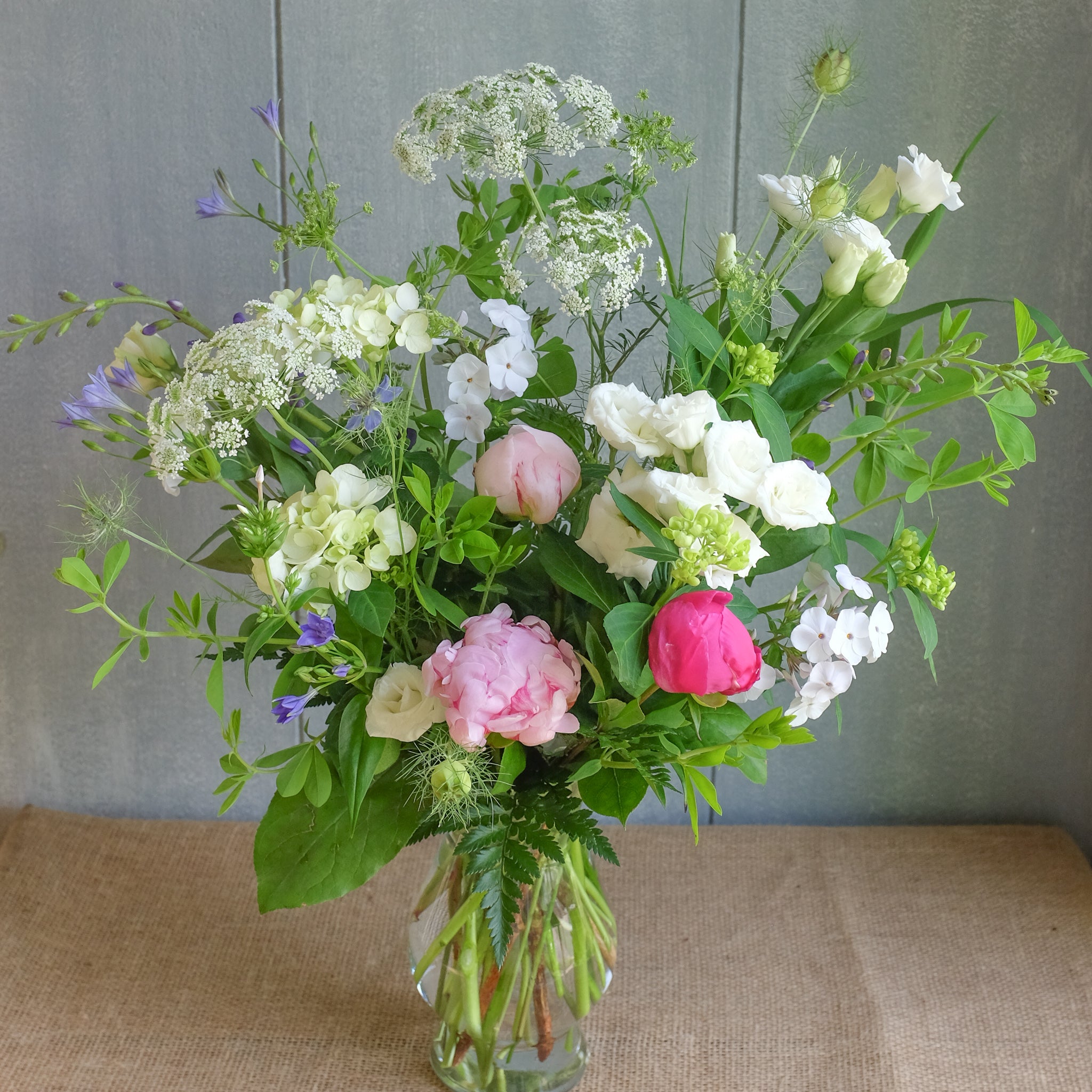These last blustery weeks of October have many of us reaching for hot apple cider, cozy sweaters, and extra blankets. Your plants' needs are changing with the fall weather, too. Be mindful of this next phase in their life cycle as you enjoy your favorite fall treats.
Tropical Houseplants
If you chose to move your tropical houseplants outside for the warmer summer weather, this is the time to bring them back in. Most houseplants can't tolerate temperatures below 45 degrees Fahrenheit. Make sure as your move your plants that you don't situate them in front of heating or cooling vents. Be mindful of your plants' light requirements as well--if a plant has been sitting outdoors in full sun, transition it to a room in the house where it will receive close to the same amount of light.
Annuals
Unfortunately, colorful annual plants like petunias and marigolds as well as herbs like parsley and basil are nearing the end of their life cycle. These plants do not overwinter though some may self-seed and show up in unexpected places next growing season. Trim back dead foliage and start dreaming of next year's annual garden.
Perennials
Don't despair when your perennials lose their foliage. If your perennials are planted in the ground, the soil should provide their roots with adequate insulation to survive the winter. You should see fresh new growth in the spring.
Any perennials in pots should be kept in a sheltered place (such as against the side of a house). You can also wrap the base of the pots in burlap to give the roots a little extra protection.
Some perennials like lavender are not reliably hardy in Kentucky's climate. If the winter is particularly mild, the chances of these plants surviving to the spring increase. Only time will tell!


